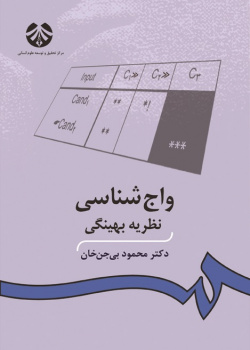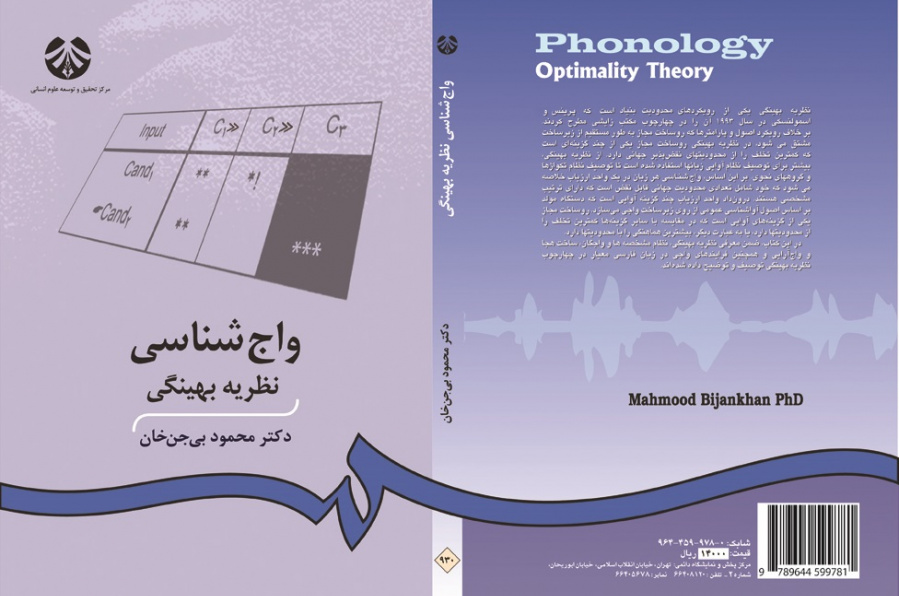

Phonology Optimality Theory
The Optimality Theory is one of the approaches to the constraint of the foundation that Prince and Smolensky proposed in 1993 in the context of the Generative Grammer. Contrary to the principles and parameters approach, the permitted superstructure is derived directly from the substructure. In the theory of optimality, the permitted superstructure is one of the few options that have the least violation of the universally violated constraints. In terms of optimality, it has been used more to describe the phonetic system of languages than to describe the system of morphemes and syntactic groups. Accordingly, the phonology of each language is summarized in an evaluation unit, which itself includes a number of global unviolated constraints that have a specific order. The input of the evaluation unit is several phonetic options that the generating device builds on the phonological substructure based on the principles of general phonology. The permitted superstructure is one of the phonetic options that have the least violation of the constraints. In other words, it has the most coordination with the constraint. In this book, while introducing the theory of optimality, the system of characteristics and phonemes, the construction of syllables and phonemes, as well as phonological processes in standard Persian language in the framework of the theory of optimality are described and explained.





